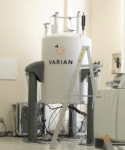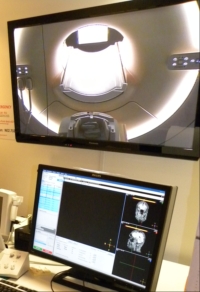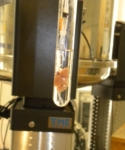Progress in understanding complex metabolic systems will depend on flexible, reliable and easy-to-use methods relevant in a wide range of conditions. Niche applications for radiotracer studies of metabolism will remain, but the scientific community is moving quickly to stable isotopes because of high information yield, convenience, and the capacity to translate methods and results freely among human patients, rodent models and cell preparations. It is essential to extend earlier concepts using computational methods, and to integrate mass spectrometry (MS) with nuclear magnetic resonance (NMR). In this TR&D project we will perform cell, rodent and computational studies to develop translation methods to address these needs.
Landmark Publications
Isotopomer approaches reveal flux through targeted pathways, they usually cannot provide information about individual enzymatic reactions, or contextualize flux with the broader metabolic system of the organism. We apply known kinetic and thermodynamic properties of enzymes with quantitative metabolomics, steady state and kinetic isotope tracer data to examine potential sites of metabolic defects during disease. Metabolic fluxes are examined in ex vivo systems and integrated with flux balance models to validate isotopomer data and to extend the flux measurement to broader pathways based on known biochemical stoichiometry. The use of 13C as a carbon tracer with detection by NMR provides the advantages of chemical shift that, in turn, supplies site-specific enrichment data in product molecules. Further information about 13C labeling patterns is obtained from spin-coupled multiplets. Mass spectrometry (MS), in principle, offers complementary data. This inherent information content from both methods is well-known, but reliable, internally-consistent and simple methods for integrating data from MS with NMR spectroscopy are not available. Advances in MS technology now enable measuring the relative concentration of all 16 mass isotopomers of some 4-carbon intermediates. We are developing and validating the mathematical methods, based on our previously-developed isotopomer models, to allow flexible integration of data from both sources. This advance is essential for many reasons, among them the demand for isotopomer analysis of small (10 mg ww) tissue biopsies from human patients.







